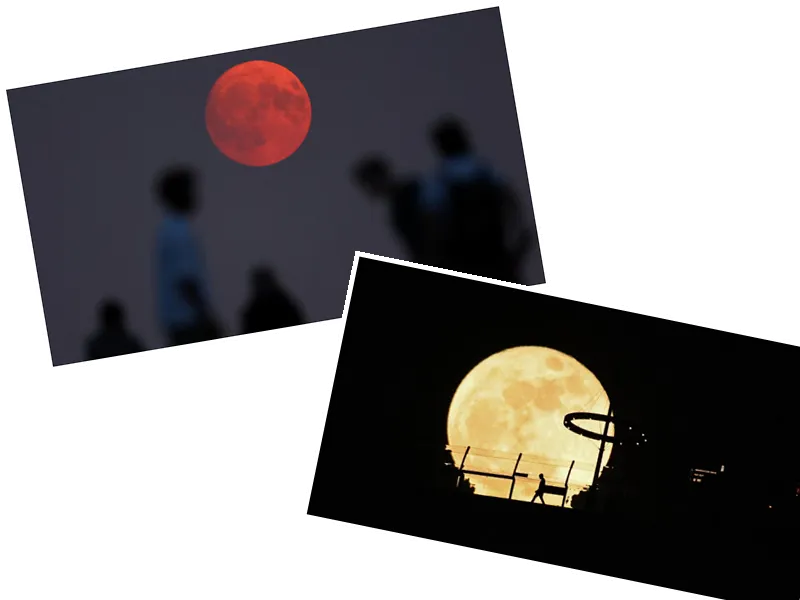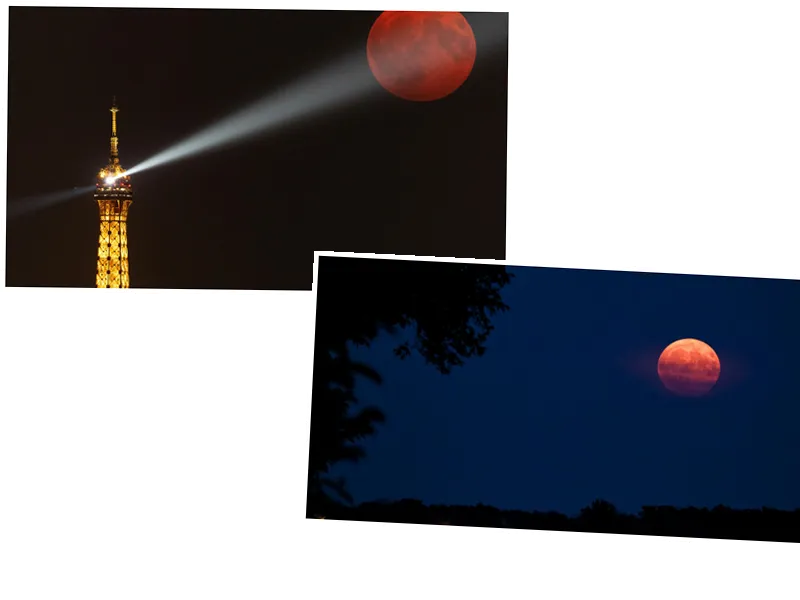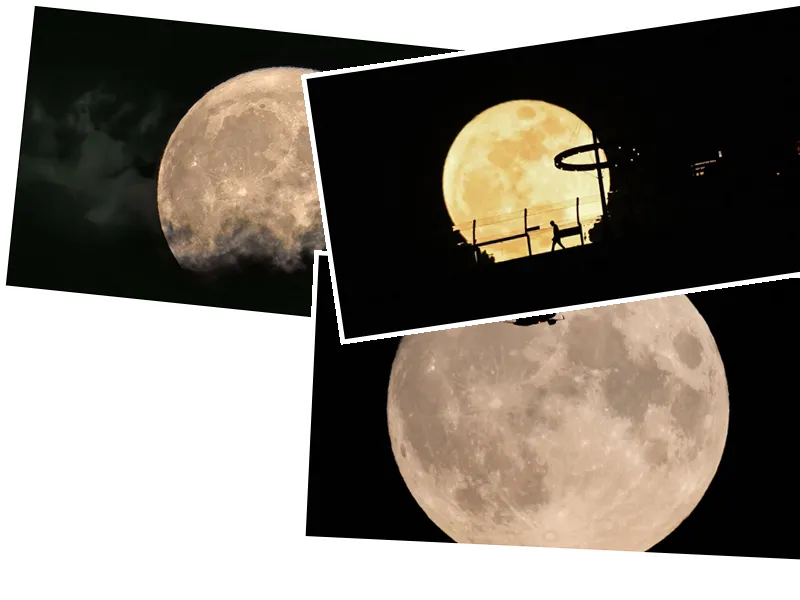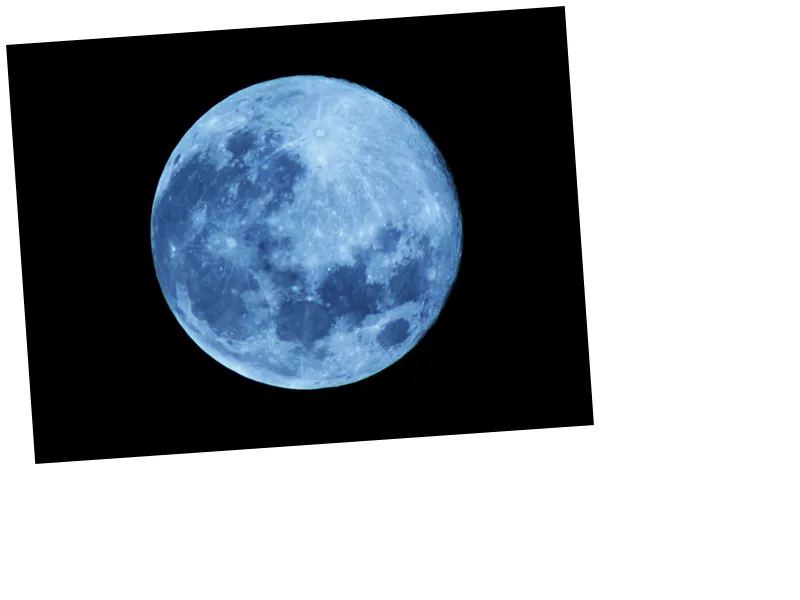Experience the Spectacle of the Super Blue Moon
On the evening of Monday, August 19, astronomy enthusiasts and casual stargazers alike will be treated to a breathtaking astronomical event: the Super Blue Moon. This celestial phenomenon is not just a full moon; it will appear significantly larger and brighter than usual, making it a must-see for anyone interested in the night sky. NASA confirms that this will be the first of four supermoons occurring in 2024, with the moon reaching its closest point to Earth at approximately 363,000 kilometers away, resulting in a 14% increase in size and a 30% boost in brightness compared to an ordinary full moon. The moon will be best observable from 6:26 p.m. Paris time, casting an orange hue reminiscent of sunsets as it rises low on the horizon.
Understanding the Terminology Behind the Moon's Appearance
The term “supermoon” was introduced by astrologer Richard Nolle in 1979, referring to a full moon that occurs when the moon is 90% of its closest approach to Earth. This year, the supermoon is also dubbed a “blue moon,” which typically signifies the occurrence of two full moons within a single month. While blue moons are not actually blue in color, they present a rare opportunity for observers. Notably, this phenomenon is not as rare as it sounds, as it happens every two or three years. The last instance was in August 2023, delighting budding astronomers and photographers. To fully enjoy this event, enthusiasts are encouraged to find a clear viewing spot and keep their cameras ready, as the moon will remain full until Wednesday morning.





